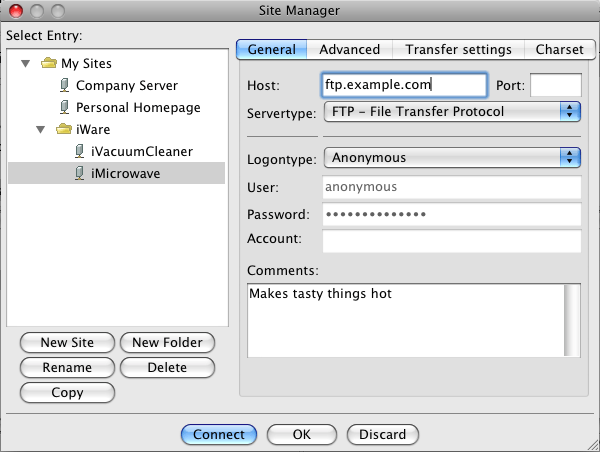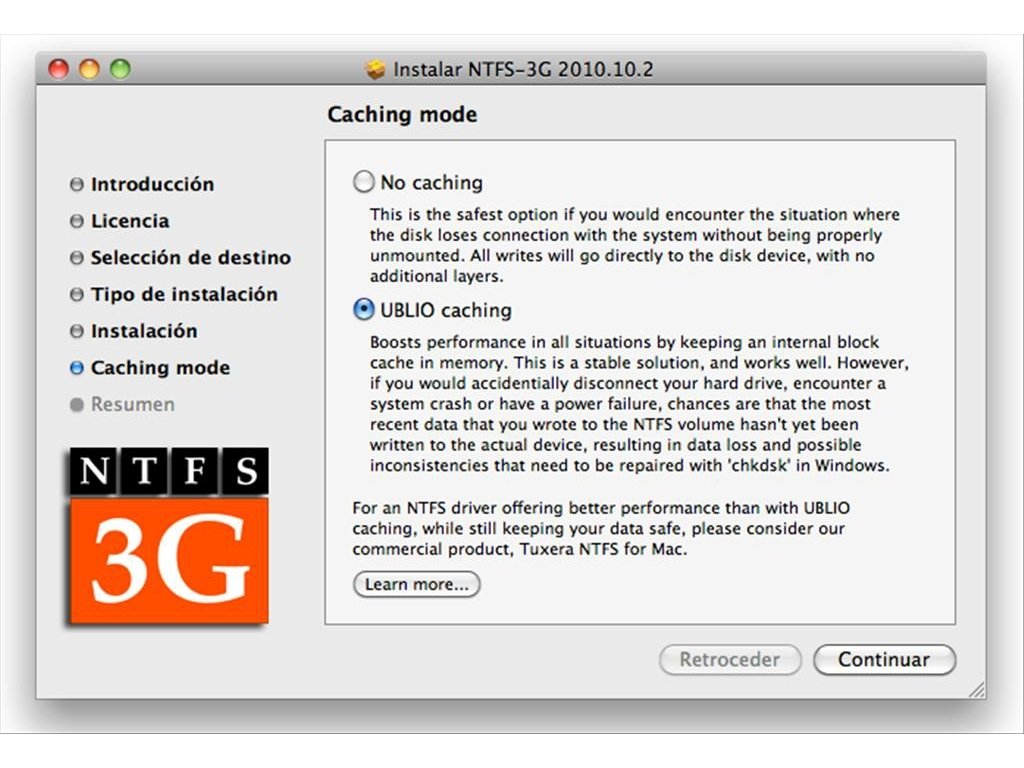

Your Mac actually comes with some limited NTFS drivers. It’s a fast, seamless solution that supports high transfer speeds and easy mounting and unmounting. It uses Microsoft-designed kernel extensions to support writing to NTFS volumes. It’s definitely the most user-friendly way to make NTFS drives writable in macOS, but you pay for that privilege.
#Ntfs 3g free mac for mac#
Paragon NTFS for Mac (also known as Microsoft NTFS) is commercial software that supports writing to NTFS volumes on macOS. The Paid But Easy Method: Paragon NTFS for Mac If you need to replace the program, it’s in your “/sbin/” directory with the extension. Your computer will now use this driver to mount NTFS drives instead of the default. This will create a symbolic link to NTFS-3G’s mounting command. Sudo mv "/Volumes/Macintosh HD/sbin/mount_ntfs" "/Volumes/Macintosh HD/sbin/mount_ntfs.bak" sudo ln -s /usr /local /sbin /mount_ntfs "/Volumes/Macintosh HD/sbin/mount_ntfs" First, create a directory to which you can mount the NTFS drive:

To mount your NTFS drive, you’ll need to use Terminal. So NTFS-3G is forced to write “live,” which degrades performance significantly. This happens because macOS does not have a buffer for writing to NTFS drives, nor the virtual memory to hold that buffer. Compared to the 500+ MB/s achieved by an SSD, the difference is dramatic. Transfer performance is slow, often limited to about 10 MB/s. You can download the package directly from the Tuxera website, from GitHub, or with Homebrew. With this Terminal command you can mount drives in macOS in a writable state. NTFS-3G is an open-source command-line program for writing to NTFS drives in macOS.

Write support for NTFS drives can be added through open-source programs, paid programs, or Apple’s own experimental drivers. Your Mac can read NTFS drives, transferring content from the drives to another place, but it cannot write to NTFS drives.


 0 kommentar(er)
0 kommentar(er)
